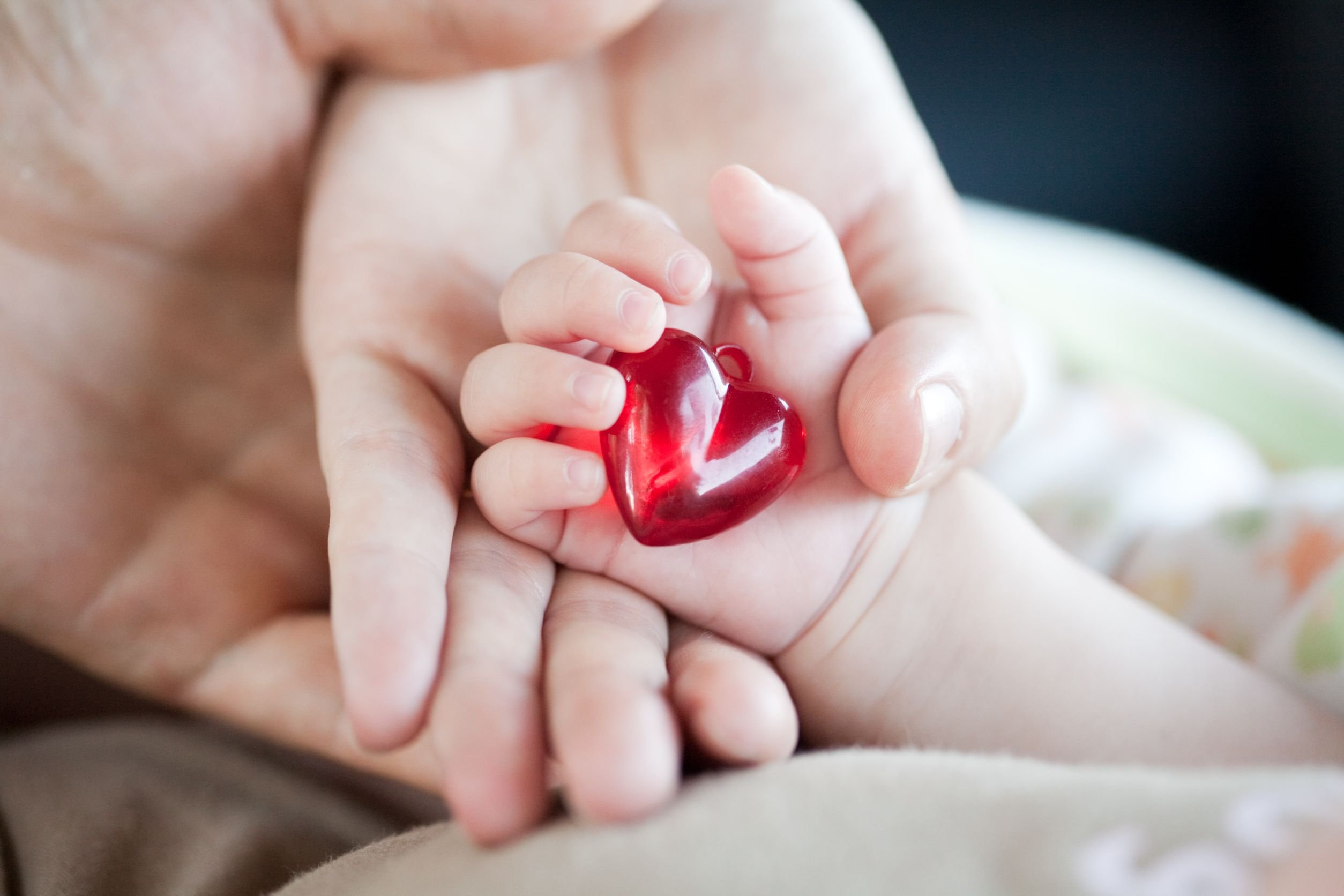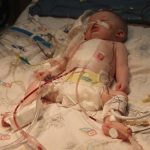Congenital Heart Defect Awareness Month
February 1-28th, 2018
Congenital heart disease, also known as a congenital heart defect (CHD), is one or more abnormalities in your heart’s structure that you’re born with. This is considered one of the most common of birth defects that can alter the way blood flows through your heart. Defects range from simple, which might cause no problems, to complex, which can cause life-threatening complications. CHDs affect 8 out of every 1,000 newborns. Each year, more than 35,000 babies in the United States are born with congenital heart defects. CHDs can affect any part of the heart’s structures. This could include the heart valves, chambers, wall of tissue that separates the chambers (septum) and/or arteries.
Ventricular septal defect (VSD), atrial septal defects, and tetralogy of fallot are known as some of the most common congenital heart defects seen. Some other well known defects are:
• Atrioventricular Septal Defect
• Coarctation of the Aorta
• Double-outlet right ventricle
• d-Transposition of the great arteries
• Ebstein anomaly
• Hypoplastic Left Heart Syndrome
• Hypoplastic Right Heart Syndrome
• Interrupted aortic arch
• Pulmonary atresia
• Single ventricle
• Total Anomalous Pulmonary Venous Return
• Tricuspid atresia
• Truncus Arteriosus
Advances in diagnosis and treatment mean most babies who once died of congenital heart disease survive well into adulthood. However, signs and symptoms of the condition can occur in adults later in life, even those who had treatment as a child.
Common congenital heart disease symptoms you might have include:
o Abnormal heart rhythms (arrhythmias)
o A bluish tint to the skin, lips and fingernails (cyanosis)
o Shortness of breath
o Tiring quickly upon exertion
o Swelling of body tissue or organs (edema)
o Failure to thrive
o Trouble nursing/taking a bottle (gagging)
The causes of CHDs among most babies are unknown. Some babies have heart defects because of changes in their individual genes or chromosomes. CHDs also are thought to be caused by a combination of genes and other factors, such as things in the environment, the mother’s diet, the mother’s health conditions or the mother’s medication use during pregnancy. For example, certain conditions a mother has, like pre-existing diabetes or obesity, have been linked to heart defects in the baby. Smoking during pregnancy as well as taking certain medications have also been linked to heart defects.
Treatment for CHDs depends on the type and severity of the defect present. Some affected infants and children might need one or more surgeries to repair the heart or blood vessels. Some can be treated without surgery using a procedure called cardiac catheterization. A long tube, called a catheter, is threaded through the blood vessels into the heart, where a doctor can take measurements and pictures, do tests, or repair the problem. Sometimes the heart defect can’t be fully repaired, but these procedures can improve blood flow and the way the heart works. People always assume that these CHD kids are “fixed”, but they are just patched and never completely “repaired”.
Children who are diagnosed with a CHD in life go through daily, monthly, even yearly cardiology appointments. These appointments consist of blood pressures, EKGs, Echocardiograms, bloodwork, MRIs, CT Scans, Cath labs and even surgeries. Some CHD children are even unfortunate enough to have their names on the transplant list.




Very informative blog post.Really thank you! Keep writing. kbddecdeeaga